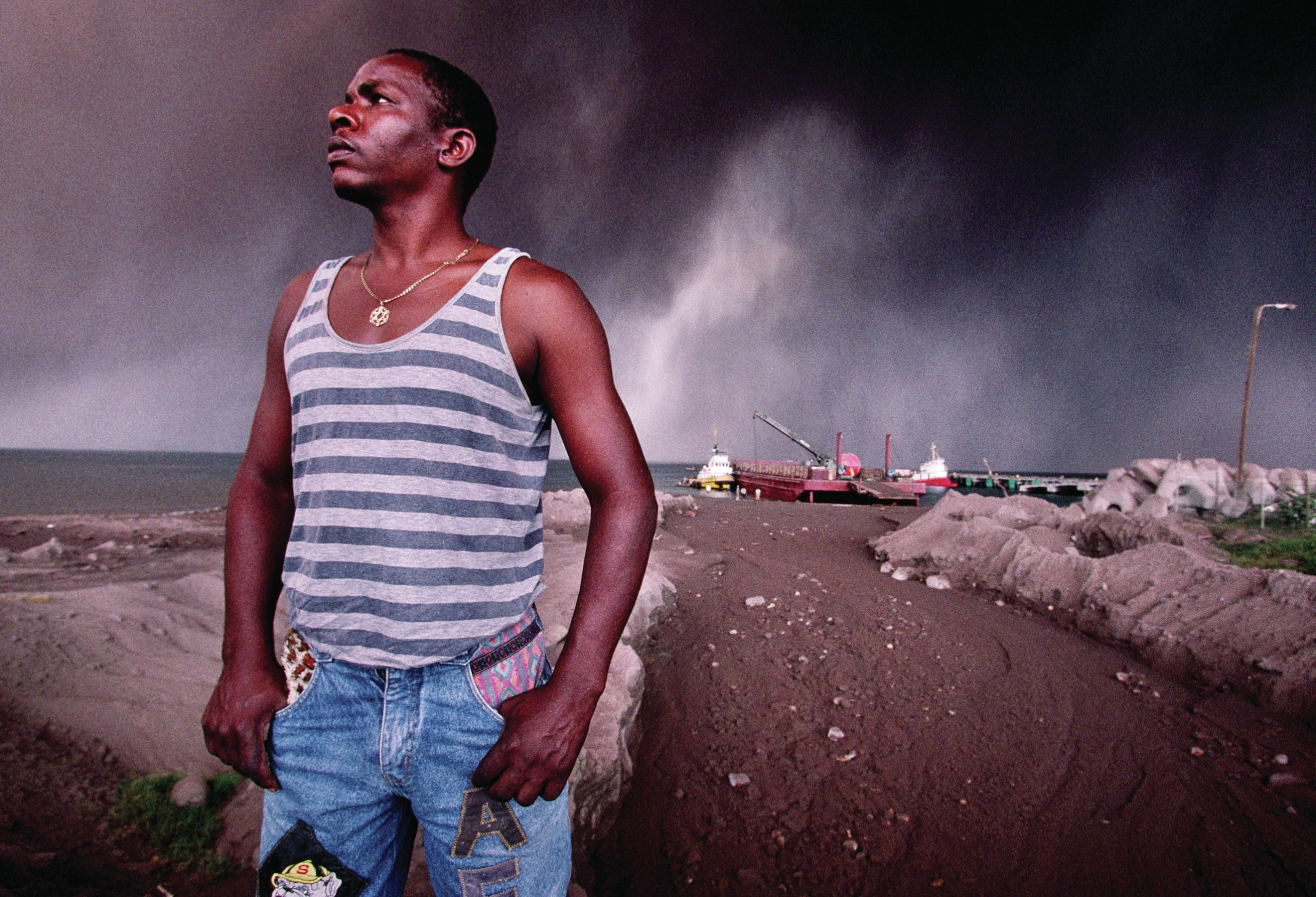
The eruption of the Soufrière Hills volcano in 1995 has affected almost all areas of life in this 63 km2 island (Figure 1). Agriculture, industry, landforms, land use, demography, politics, culture have all undergone enormous changes.
In 1995 the capital, Plymouth, was destroyed, and villages and farmland in the south of the island were evacuated. As a result Montserrat experienced a huge exodus of population. Between 1995 and 1999, the island’s population decreased from 10,000 to 3,000, rising to just over 5,000 by 2006. The displaced people settled mainly in Antigua, the UK and the USA. The island had already experienced out-migration throughout the twentieth century, for example in the aftermath of Hurricane Hugo in 1989. Many of those who left in the late 1990s were from economically active age groups, so the island experienced a loss of economic potential. Ironically, another impact of the eruption has been the arrival of over 1,500 people from other Caribbean islands who have been attracted by employment opportunities, chiefly in construction.
Your organisation does not have access to this article.
Sign up today to give your students the edge they need to achieve their best grades with subject expertise
Subscribe




